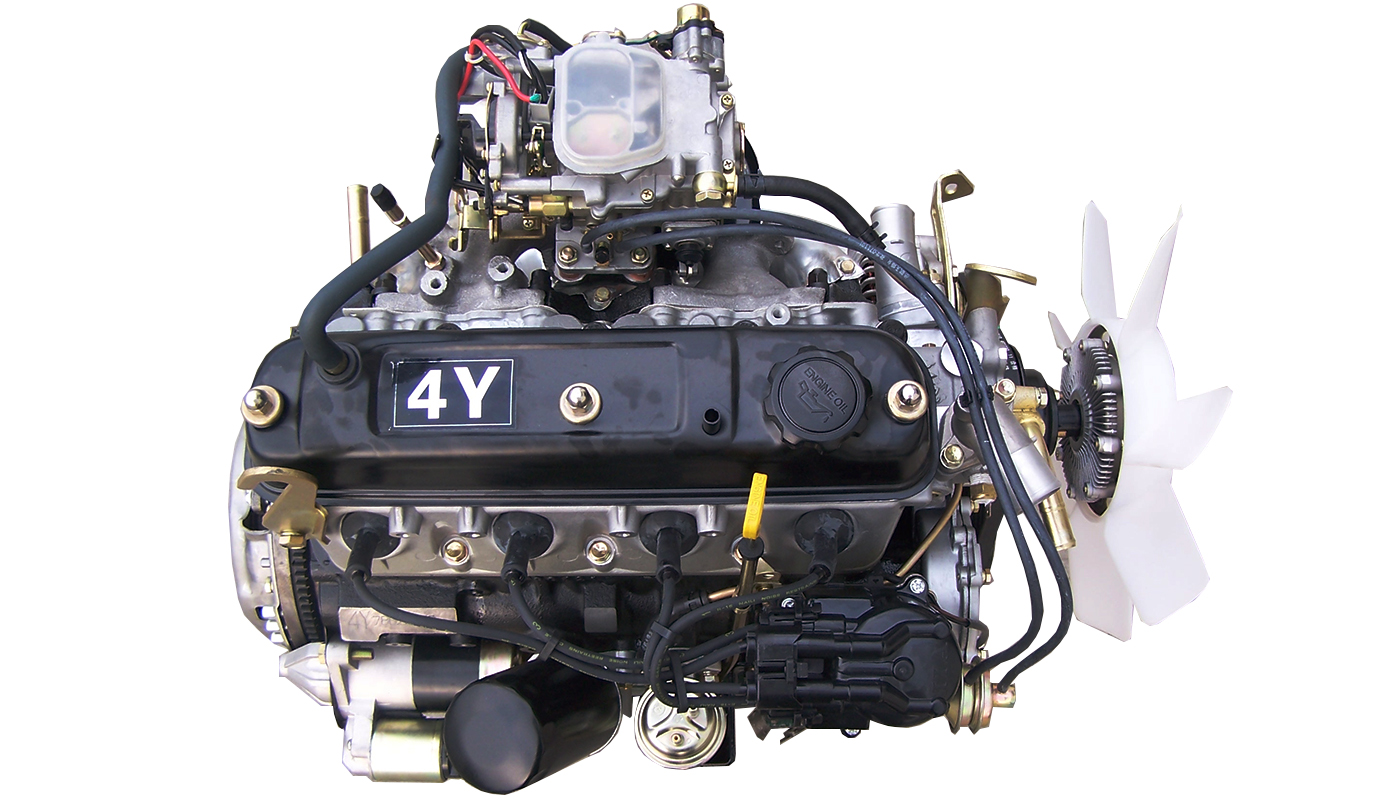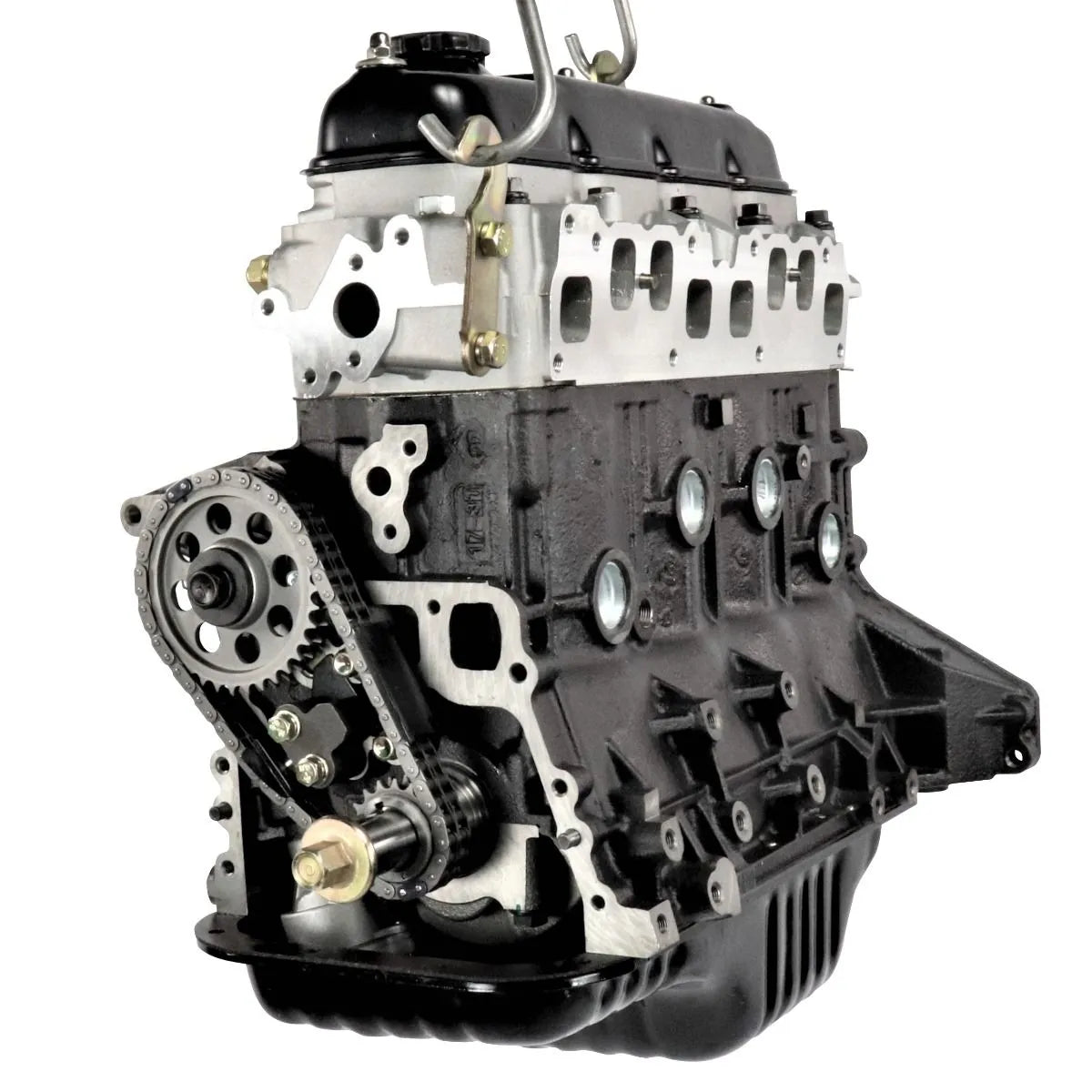Understanding the Mechanics Behind the 4Y Engine’s Power and Durability
The Ultimate Guide to the Engine: Secret Insights for every single Car Lover
Recognizing the engine is basic for any kind of automobile lover, as it works as the heart of the vehicle and determines its efficiency. This guide gives an extensive evaluation of engine anatomy, types, and the mechanics behind their procedure, including the ingenious modern technologies that are reshaping the automotive landscape. It underscores the critical nature of upkeep techniques that can considerably influence an engine's lifespan. The complexities of engine dynamics and the most current developments in innovation present concerns that merit further expedition. What might these insights disclose about the future of vehicle engineering?
Makeup of an Engine
Recognizing the composition of an engine is important for any vehicle enthusiast aiming to dig much deeper into automotive technicians. An inner burning engine mainly contains several vital elements that function in unison to convert fuel right into power.
At the heart of this system exists the cyndrical tube block, which houses the cyndrical tubes where combustion occurs. Piston activity within these cyndrical tubes is helped with by the crankshaft, which equates direct movement into rotational energy. In addition, the camshaft plays a crucial duty in managing the opening and closing of the engine's shutoffs, ensuring correct air-fuel mixture consumption and exhaust gas expulsion.
Various other necessary components include the gas system, which supplies the engine with the necessary fuel, and the ignition system, in charge of starting combustion - 4y engine. The air conditioning and lubrication systems are additionally indispensable, keeping optimal operating temperature levels and reducing rubbing, specifically
Engine Types and Configurations
A varied range of engine types and setups exists, each offering special benefits and disadvantages customized to various driving requirements and choices. The most typical engine types include inline, V, flat, and rotary arrangements.
Inline engines, featuring cylinders arranged in a single line, are known for their simplicity and performance. They are typically found in portable automobiles, supplying a balance of power and economic climate. V engines, defined by their two financial institutions of cyndrical tubes prepared in a V form, offer higher efficiency and smoother procedure, making them preferred in sports and high-end vehicles.
Level engines, or boxer engines, have horizontally opposed cylinders, which add to a reduced center of gravity, enhancing vehicle stability. These are generally seen in brands like Subaru and Porsche.
Rotating engines, although much less common, utilize an one-of-a-kind layout with a triangular blades and deal high power-to-weight ratios. They excel in light-weight and small applications, largely seen in Mazda cars.
Each engine kind serves details efficiency qualities, weight distributions, and gas performances, making sure that auto fanatics can choose the right engine setup to match their driving design and automobile demands.

Exactly How Engines Work
Engines, no matter of their kind or setup, operate on fundamental concepts that govern their efficiency and effectiveness. At their core, engines convert fuel right into mechanical power with a collection of regulated surges or compressions. This process normally entails four major strokes: intake, power, exhaust, and compression.
During the consumption stroke, the engine reels in a combination of air and gas. The compression stroke adheres to, where the mix is pressed in his explanation the cylinder, raising its temperature and stress. In the power stroke, a trigger ignites the compressed mixture (in gasoline engines) or the mixture stirs up automatically (in diesel motor), resulting in a quick growth of gases that presses the piston down. Finally, the exhaust stroke eliminates the invested gases from the cylinder.
The performance of an engine is affected by different variables, consisting of the layout of the combustion chamber, the type of gas used, and the accuracy of the engine's elements. Understanding these fundamental principles Recommended Reading is essential for auto fanatics who look for to appreciate the detailed technicians behind their lorries, in addition to for those aiming to enhance efficiency through adjustments and adjusting.
Innovations in Engine Modern Technology
In recent times, advancements in engine modern technology have dramatically transformed the automobile landscape, improving both efficiency and ecological sustainability. Among the most remarkable technologies is the growth of turbocharging and supercharging, which enables smaller sized engines to create better power outcomes without giving up fuel effectiveness. This has actually brought about a rise in the popularity of scaled down engines, supplying manufacturers with the capability to fulfill rigid emissions guidelines while preserving performance requirements.
In addition, crossbreed and electric powertrains are improving the engine paradigm. Hybrid systems incorporate interior burning engines with electrical motors, optimizing fuel usage and minimizing exhausts. Fully electrical vehicles (EVs) eliminate the combustion engine altogether, relying on innovative battery modern technology to provide instant torque and excellent velocity.
Moreover, the assimilation of fabricated knowledge and artificial intelligence in engine administration systems permits real-time optimization of performance criteria, improving performance and responsiveness. Developments such as variable shutoff timing and direct gas shot additionally refine combustion processes, maximizing power outcome while decreasing waste.
As the auto industry remains to progress, these technologies in engine modern technology will certainly play a vital role in shaping the future of movement, focusing on both efficiency and sustainability.
Maintenance Tips for Enthusiasts
Preserving an engine is as important as the innovations that enhance its efficiency. Routine upkeep not only extends the life of your engine however additionally ensures optimum efficiency. Beginning with regular oil adjustments, complying with the maker's suggestions for oil kind and change periods. Tidy oil lubricates engine components successfully, protecting against deterioration.
Inspect and change air filters occasionally to make certain appropriate air movement, which is vital for burning effectiveness. A stopped up air filter can cause reduced efficiency and increased gas usage. Monitor the coolant levels to protect visit this site against getting too hot, and change coolant according to the service routine. 4y engine.

Verdict
In conclusion, a complete understanding of engine makeup, kinds, and mechanics is important for auto enthusiasts. Regular maintenance techniques, including oil changes and air filter checks, are crucial for ensuring optimal engine performance and long life.

Engines, regardless of their type or configuration, run on basic concepts that regulate their efficiency and performance. In the power stroke, a spark fires up the pressed mix (in gas engines) or the blend stirs up spontaneously (in diesel engines), resulting in a rapid development of gases that pushes the piston down.In current years, innovations in engine technology have significantly transformed the automotive landscape, boosting both performance and environmental sustainability.